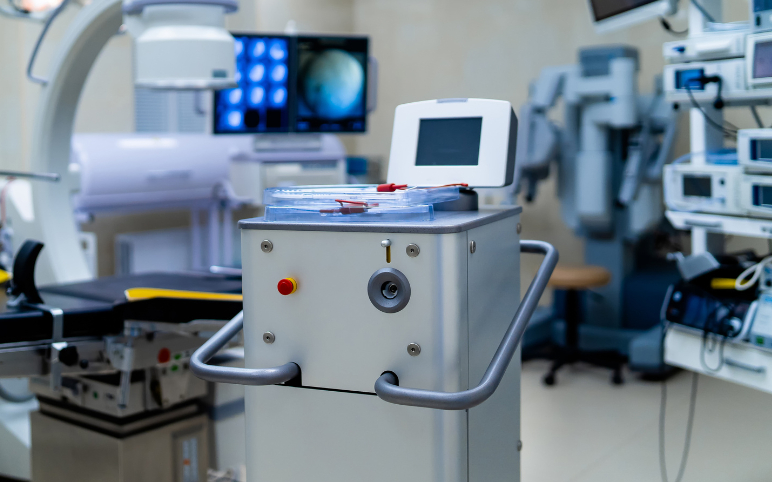Gastroparesis, often referred to as delayed gastric emptying, is a disorder affecting the movement of food from the stomach to the small intestine. As per the National Institute of Diabetes and Digestive and Kidney Diseases, “Gastroparesis is not common. Out of 100,000 people, about 10 men and 40 women have gastroparesis”. Various studies have demonstrated a gender bias for Gastroparesis; women are found to be more affected as compared to men.
It is observed that in the United States, the symptoms similar to that of gastroparesis occur in about 1 out of 4 adults. The risk factors for Gastroparesis includes diabetes, medication side effects, prior surgery (of the esophagus, stomach, or small intestine), Infection, metabolic disorders, or cancer treatments such as radiation therapy(on chest or abdomen) and others.
In gastroparesis, the functional ability of stomach muscles is affected due to which the stomach takes longer to empty its contents. It is not clear what causes gastroparesis. However, the damage to the vagus nerve that controls the stomach muscles is believed to cause gastroparesis.
The abnormal functioning of the stomach leads to other health complications in the body. Some of the complications arising due to it include dehydration (largely due to repeated vomiting), changes in blood sugar levels, malnutrition (attributed to poor absorption of nutrients), bezoars, and others.
As of now, there is no cure for gastroparesis, and it remains a long term irreversible condition. Upon diagnosis, the treatment of Gastroparesis depends upon the symptoms and conditions. The change in diet is one of the key elements that can help in gastroparesis. Dietary modification is first-line therapy; it helps maintain nutrition, fluid content, and electrolyte in the body and improve symptoms. The doctor refers to the dietician who helps in the Dietary modification to select the foods to eat that will be easier to digest and fulfill the calories and nutrients required in the body. Initially, the nutrition assessment (diet review) is done to understand the patient’s nutrition status. Accordingly, a solid, liquid or a semi-solid diet is planned that suited the person. Some of the primary dietary practices followed in gastroparesis includes:
- Small meals with increased frequency
- Small particle meals
- Chewing food thoroughly
- Reducing excess fat intake
- Avoiding excess fibrous food items
- Intake of supplementary nutrition (liquid formula)
- Avoiding alcohol, smoking, and other carbonated drinks
- Well cooked fruits and vegetables
- Avoiding laying down immediately after a meal
- Taking multivitamins
Similarly, people are advised to take carbohydrates and starch-rich food items such as rice, potatoes, puffed wheat, and rice cereals, pancakes, flour or corn tortillas, english muffins, plain or egg bagels, white crackers, baked french fries, pasta, cream of wheat or rice, corn tortillas, white bread, and others. The protein-rich foods include tofu, tuna (packed in water), cottage cheese, and eggs. Apart from these protein powders, protein bars are also beneficial.
Fruits and vegetables advised include bananas, peaches and pears (canned), vegetable juice and broth, cooked beets and mushrooms. Fruit juices and drinks are also beneficial.
While some of the food items which are largely avoided include fatty and high-fiber foods. High fiber-rich fruits and vegetables such as oranges, broccoli, berries, figs, cabbage, apples, cauliflower, and many others are avoided. The fibrous fruits and vegetables may cause bezoars. Similarly, foods with seed and nuts must be avoided.
Apart from dietary modifications, certain medications are available that help to stimulate the stomach muscle contractions. The drugs commonly used for gastroparesis are prokinetic (promotility) agents and antiemetic agents. The medication is followed as prescribed by the doctor. The drugs help the stomach empty more quickly, control nausea and vomiting, and improve patients’ symptoms. People with severe gastroparesis find it difficult to tolerate any food or liquids. In such cases, the feeding tube is placed in the small intestine. In some cases, the patient may undergo surgery to treat gastroparesis. Overall the treatment method required to follow depends upon the severity of conditions and the symptoms.



